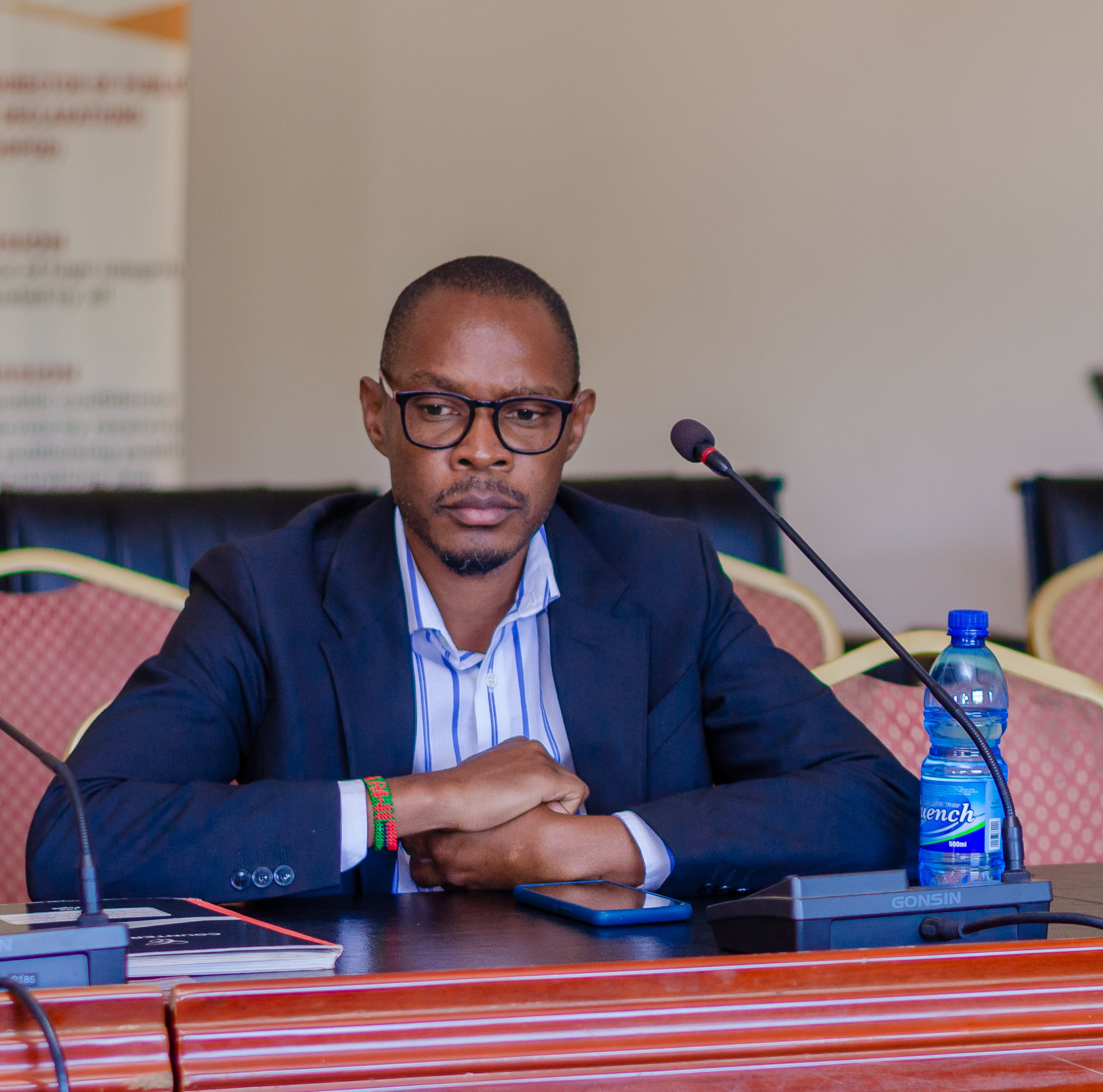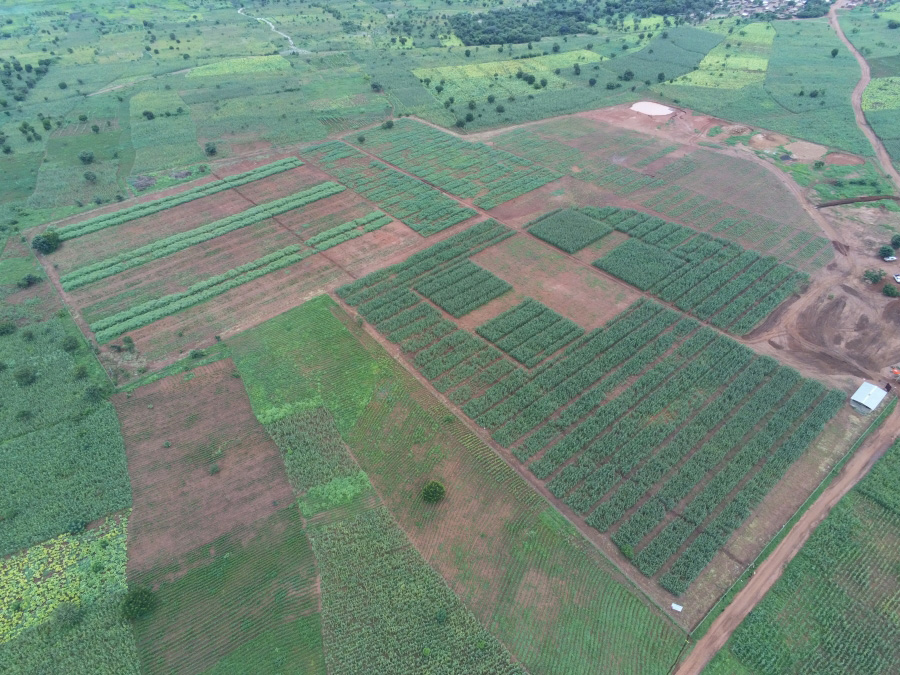There are two to three types of wastes that are generated by mining activities. These are Waste Rock that is stored, secured in waste dumps and can be used as fill material, road construction and other infrastructure, Processed Rock commonly known as Tailings (containing chemicals) that is stored in construction facilities and where possible, these chemical solutions together with pulverised rock are recycled in order to be used before being pumped into the storage facilities and also Mine Water which will not be discussed in this article.
1. Mine Tailings
Mine tailings are finely grounded residual materials that remain after removing an ore of economic value from a process plant. Tailings is usually a by-product of mineral recovery processing and is mostly in form of liquid slurry made up of very fine particles from crushed, grounded, and processed with water and possess no any financial gain at the point of disposal. Tailings are processed from the mill and are diverted to storage built structures that are commonly referred to as Tailings Storage Facilities (TSF).
These storage facilities are in form of dams, embankments and other types of surface impoundments. It must also be noted that the material that goes to tailings facility might also contain significant amount of metal due to very poor recovery and that at some stage some mining companies may wish to reprocess to recover it, although this is not a common practice in most mine ore processing.
2. Tailings Management
Tailings are usually stored using the most effective way inorder to meet specific regulations and standards. It must be noted that tailings structures are built in a differing fashion to suit a particular environment and specific mineral processing method. The ground conditions and the environment are the most crucial parameters that control the storage of tailings hence geotechnical analysis at feasibility study is of very fundamental importance.In cases where tailings do not contain substances that are harmful or toxic, water is sometimes diverted inorder to retain the physical stability of the facility by way of covering with soil, reshaping and planting vegetation cover and subsequently put into land use in the long term.
Tailings management is the primary responsibility of a mining company both during and after mining operations. Subject to advanced statutes, tailings management needs to be very cost effective throughout the mine life even beyond post closure period. Management of tailings include enhancement of mine workers on safety and health and also the nearby surrounding communities, developing new approaches for environmental protection, devising new ways of assisting the communities etc.
3. Tailings Dam Failures
Tailings dam failures are caused by numerous factors among others the most occurred from past experience include:
(a) Unusual rainfall
✓ Too much rainfall leading to oversaturation thereby yielding rainwater that can overflow carrying with it the tailings away from the dam onto the downslopes.
(b) Foundations and Structure
✓This can be caused by design errors, structural inadequacies and failed decantation. Also foundations with insufficient investigations that fail to guide enough support to the weight of the dams.
(c) Seismic liquefaction due to earth tremors/earthquakes
✓ Structure is destroyed by continuous shaking of the ground motion and since dams are designed to withstand such vibrations, there is instability created if the movement is larger than anticipated.
(d) Subsidence of the mine
✓ Sometimes the dam is built above an underground mine; the underground mine may collapse and the mine workings can absorb water and overflow when the subsidence is filled to capacity.
(e) Seepage and Erosion
✓ Due to rainfall, there may be erosion of the face of the dam that may be difficult to maintain or repair. Besides, erosion of dam/embankment materials due to seepage or underground drainage to areas that were designated as dry, may cause dam failure.
In all these causes of dam failures, the potential impacts is on biodiversity and associated ecosystems. These, in the long run cost companies massive financial compensations and also reconstructions projects to stabilize the dam structures.
4. Examples of Tailings Dam failures for the past 5 years
Worldwide, there have been numerous catastrophic dam failures over the years. The most recently noted is the deadly dam burst due to mudslide at the Corrego do Feijao mine in Brazil operated by iron ore mining giant, Vale and happened in January, 2019. It is alleged that 13 Vale employees and a German Auditor TUV SUD are involved in a tussles where Brazilian Authorities are accusing them of fraud by presenting fake documentation backing the dams’ stability where about 250 people were nearly killed and mine waste tailings (about11.7 cubic metres) spilt all over to close by mining towns and the countryside below. It is also alleged that homicide and environmental damage case could not be ruled out. In another development, Vale has set aside $107 million for compensation and also projects to spend $471 million on dam stabilization projects by 2023.
On the same note, there have been tailings dam failures in Brazil like the Samarco iron ore dam failure mined by a giant BHP Billiton that killed 19 people, displacing 700 people and the Doce river valley was highly devastated and contaminated in 2015. This was considered the worst environmental disaster. Following this catastrophe, a lawsuit was served at Liverpool high court by a law firm SPG and over 200,000 Brazilians claimed damages of about $5 billion which was the largest in United Kingdom’s history.
In Canada, the Mount Polley gold and copper Mine run by Imperial Metals Corp collapsed in (2014) where toxic water from the mine tailings spilt over the Lake Polley. About 24 million cubic metres of tailings waste and sludge was deposited into nearby creeks causing an environmental concern and charges related to Fisheries Act were to be laid down under the Federal Law. These are but only a few examples of dam tailings failures and if these are not properly managed, they bring huge financial costs and implications to the mining company and great care should be exercised when operating these structures though some of the causes are natural in nature.
5. Waste Rock
Waste rock is unwanted rock material that has been removed/excavated from the pit after mining and does not have a metal content of economic value. Waste rock is also a high volume of material that also may originate from chemical processing of metalliferous and non-metalliferous minerals by either opencast, adit and underground mining .The waste rock may however contain metal that is too way far below the cut off value. Usually the volume of mine waste is larger than the metallic ore and this mostly depends on the stripping ratio (ratio of waste to ore). For example, a stripping ratio of 4:1 means that 4 tonnes of waste rock needs to be mined inorder to mine 1 tonne of ore. Generally, in open pit mines, the stripping ratio is on a higher side than in an underground mine for the obvious reasons and the waste rock is often stored close to the mine to minimize transports. The waste rock is deposited in stockpiles.
The amount of waste rock that needs to be removed from the pit depends on the rock geometry, location of the ore body along with the mining method used, the composition and stability of the rocks as well.
6. Environmental impacts of waste rock
Mined waste covers a considerable area as such, issues of groundwater contamination are very common. In most mines, mining waste rock is also used as an earth road/work fill material and this can be a long term potential water contaminant.
However, when the rocks contain certain minerals in enough quantity combined with poor management of the waste, it can become a large risk to the environment and health of local communities. In some cases, the mine uses certain chemicals such as cyanide in the processing stage. These chemicals often account for a small volume of the total waste, but can pose a large risk due to their high toxicity.
In areas where coal mining takes place, the rock waste contains sulphurous compounds that are susceptible to Acid Rock Drainage formations. This causes both ground and surface water contaminations. Sulphide minerals are easily weathered when in contact with oxygen. When sulphide minerals break down, they can produce acid water. The acid water further speeds up the weathering of the minerals, called chemical weathering. The result is an acid water with high metal content. This is now referred to as acid rock drainage (ARD) or acid mine drainage (AMD).In terms of groundwater, the acid leachate affects water quality due to high concentrations of some elements in the saturated zones
7. Managing Waste Rock
✓ Included in the Environmental Management Plan.
✓ Environmental audit and inspections are vital
✓ Following relevant legislative guidelines on environment
✓ Consider future landform uses e.g. during rehabilitation and post closure period.
✓ Development of infrastructure e.g mine roads, landfills, buildings.
✓ Erosion maintenance
Another Management is to adopt a risk-based management approach. The risk management process is based on Risk Assessments. The risk assessment identifies risk pathways (unwanted event and the associated environmental receptor/factor), which may cause material impact to key environmental factors. It also identifies the level of uncertainty associated with a risk pathway, which can be low, moderate or high depending on the degree of uncertainty.




































